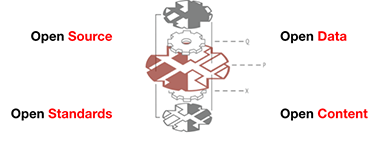FREE AND OPEN SOURCE GIS – August 4th to 8th, 2014
The Department of Geography at Hunter College of the City University of New York and Hunter Continuing Education are offering a five day professional course in Free and Open Source GIS from August 4th to 8th, 2014. This five day course will span the entire range of GIS data capture, management, analysis, and visualization of geographic information using Free and Open Source Software (FOSS). These different elements of the GIS workflow will be discussed over the first four days and will then be applied in a final project completed on ...


